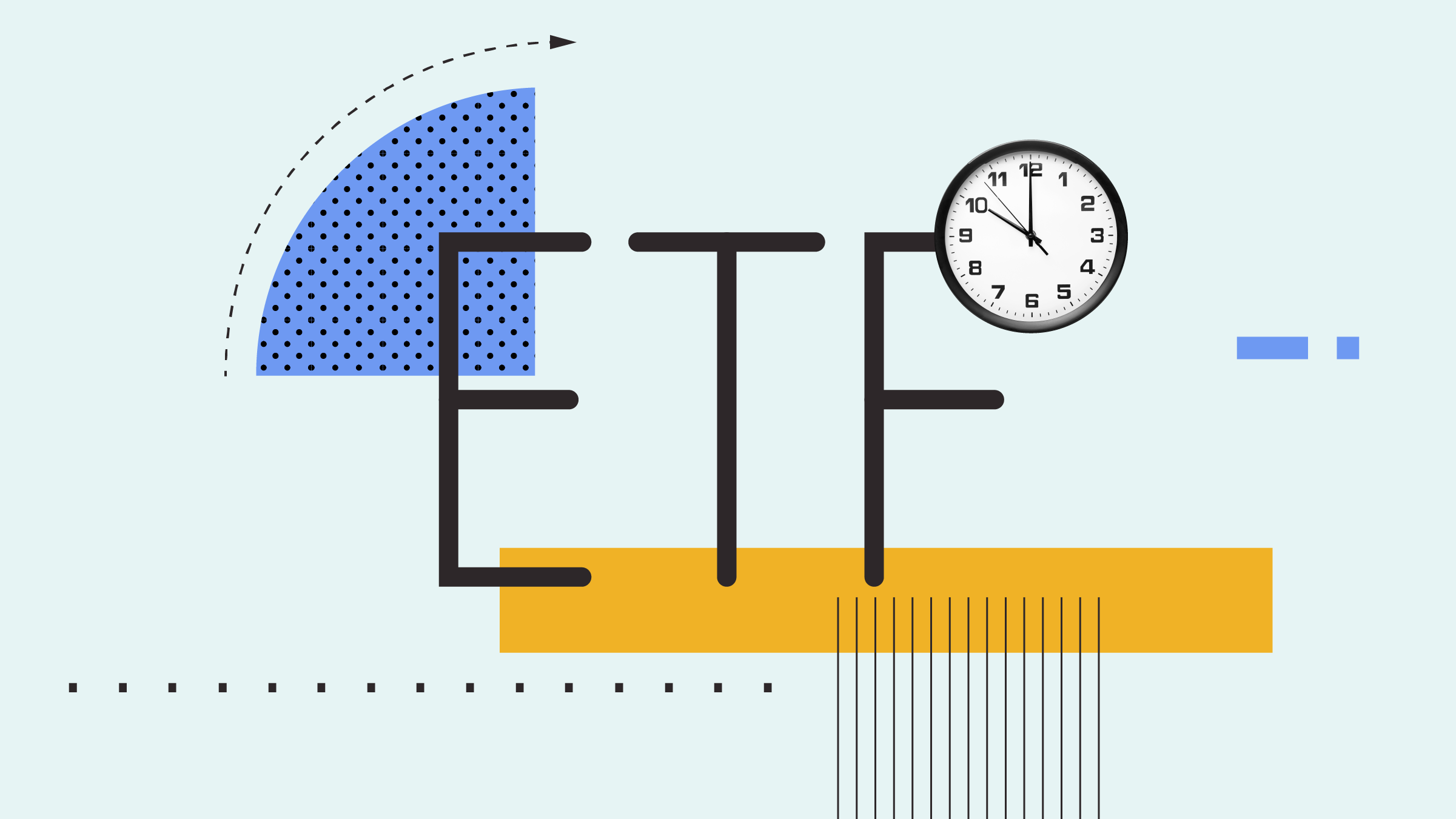INVESTMENT THESIS![]()
As the largest steelmaker in the world, ArcelorMittal produces 74% of its steel via blast furnaces, 23% via electric arc furnaces, and 3% via open hearth furnaces. Blast furnaces can allow for low per-unit operating costs because of economies of scale, as fixed costs are typically spread across large production volume. However, electric arc furnaces allow for greater flexibility when changing production volume and are less energy-intensive. ArcelorMittal generates approximately 40% of its revenue from Europe, 40% from North America, and 20% from the rest of the world. Sliced differently, the company derives approximately 60% of its sales from developed markets and 40% from emerging markets. It also boasts significant end market diversification, as it is leveraged to a wide variety of industries, including construction, automotive, energy, transportation, packaging, and appliances.
Over the past three years, ArcelorMittal derived nearly half of its operating income from its mining segment and one of management's key stated strategic initiatives involves a significant buildout of iron ore and coal mining production capacity through 2015. Having produced 70 million metric tons of iron ore in 2013, management has guided that it plans to materially increase its annual production to 84 million metric tons in 2015. Approximately 40% of ArcelorMittal's iron ore and coal shipments are transacted internally at cost-plus pricing rather than market pricing, which helps support profitability in the steelmaking segments. Since 2009, the company's self-sufficiency with regard to iron ore has increased significantly. Although the rapid decline in seaborne iron ore prices will weigh on the company's earnings growth, ArcelorMittal sells only a small portion of its iron ore to third parties, with the vast majority being shipped to its own steel mills. Therefore, the company is likely to proceed with its iron ore expansion plans even though it is now unlikely to strengthen its presence in the seaborne market.
VALUATION
| Economic Moat | Fair value | Stewardship Rating |  |
||||
| None | EUR 15,00 | Poor | |||||
| Moat Trend | Uncertainty | Sector | |||||
| Stable | High |
Basismaterialen - staal |
|||||
BULLS
- Product, end market, and geographic diversification dilute the companywide impact of any isolated areas of market weakness.
- ArcelorMittal retains significant bargaining power over suppliers because of the immense scale of its operations.
- Management's progress deleveraging the balance sheet means the drag on earnings associated with interest expense will be materially reduced in the coming years.
BEARS
- The global steel industry is highly fragmented. Even as the largest steelmaker in the world, ArcelorMittal only has about a 6% market share.
- Approximately one third of the company's steelmaking facilities exist on the highest quartile of the industry cost curve, reducing the likelihood that ArcelorMittal will ever be a low-cost steel producer.
- The company maintains a sizable debt burden, and its deleveraging efforts reduce the likelihood that management will pursue dividend increases or share repurchases.
________________________________
Overzicht alle aandelenanalyses >
20 Tips voor het beleggen in aandelen >
Meer weten over de methodologie achter Morningstar's beoordeling en waardering van ondernemingen en aandelen?
Hoe Morningstar aandelen onderzoekt en waardeert
Morningstar's sterrenrating voor aandelen
Vragen en antwoorden bij Morningstar's aandelenonderzoek
Het uitgebreide researchrapport van dit aandeel is beschikbaar voor institutionele beleggers, vermogensbeheerders en private bankers. Voor meer informatie over de ruim 1500 wereldwijde aandelen- en creditresearchrapporten kunt u contact opnemen met Morningstar via equitysales@morningstar.com.





















